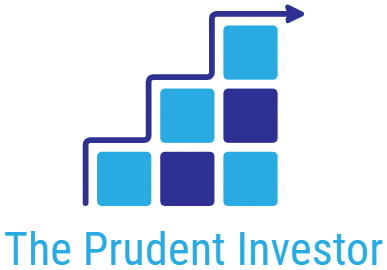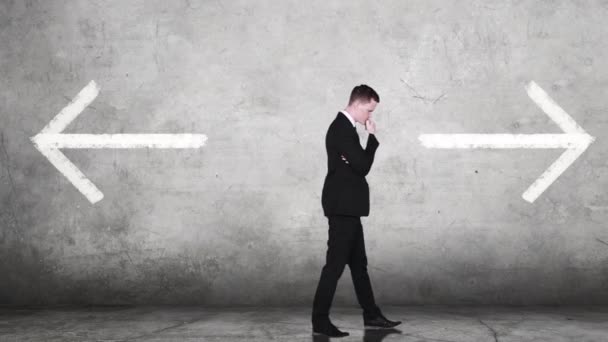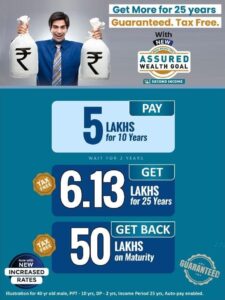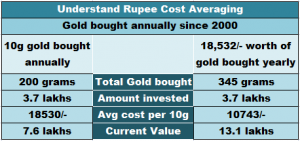Have you ever made a wish and got what you wanted, only to find the reality did not match your expectation? Or that it somehow didn’t fulfill you in the way you thought it would?
Well something similar happened with Budget 2020, Finance Minister Nirmala Sitaraman announced a new tax regime with more tax slabs and lower tax rates. This was a long-standing demand of the common man; however, it also meant the removal of various exemptions and deductions.
Here is a comparison between the old and new tax slabs:
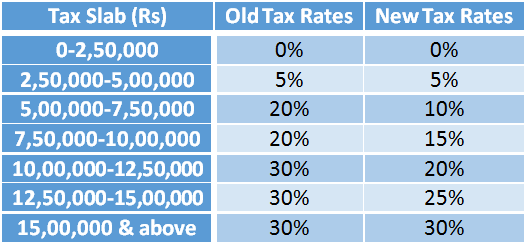
At first sight, the new system appears better with the reduction in tax rates.
With these cuts, someone earning an income of Rs 7.5 lakh will have to pay Rs 25,000. And for those with an income of Rs 10 lakh, the tax saving will be Rs 37,500. But as usual, the devil lies in the detail. For these savings, you will have to let go of all the exemptions and deductions which might nullify these gains.
We get to choose!
Thankfully, the finance minister gave taxpayers a choice between the new regime and the existing one. Considering all this, the tax laws have become more complex instead of getting simpler. We taxpayers now have to decide which option works best for us.
It is said that if you have a problem; Sleep over it. Individuals have been given a choice to select either of the two regimes by the time they file their tax returns.
However salaried personnel do not have this luxury as employers have rolled out the investment declaration forms to choose the old or new tax regime immediately. If you do not explicitly express you wish to switch to the new regime, the existing regime will be the default option.
Also once you pick your choice your employer will not allow you to make any changes. Though you can change your decision when you file your income tax returns in July 2021.
What happens for individuals who have a business income?
If individuals with a business income opt for a particular tax regime, they will have to continue in the same regime in the future. An individual with a business income can switch to another regime only once in their lifetime.
Which tax structure should you choose?
The choice is not straightforward. A cost-benefit analysis is required before deciding whether to continue with the existing regime or move to the new one.
Let us look at the tax saving options available in the old tax regime and the role they play in the financial plan of the individual. If an individual opts for the new tax regime he or she will have to let go off the following exemptions.
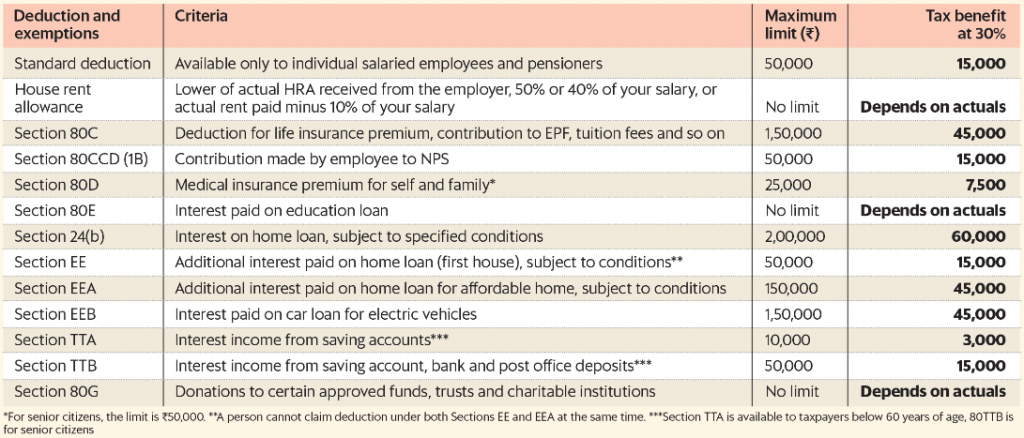
Everyone will have to assess which structure is more beneficial to him or her depending on the deductions and exemptions they plan to claim. For anyone claiming a tax deduction more than Rs 2.5 lakh every year (including the Rs 50,000 standard deduction) the old tax regime is advantageous.
For a salaried employee, two deductions that one automatically gets are standard deduction and contribution towards your Employee Provident Fund. If you live on rent and claim HRA exemption or have taken a home loan and claim deduction for the interest; the Rs 2 lakh threshold will be very easily crossed. Taxpayers who claim the entire deduction under Section 80C are better off choosing to the old tax structure.
Add these exemptions and deductions and subtract them from your salary to see what your taxable income is and what it would be if you let go of these deductions. This should be the deciding factor for which regime you opt for.
Two examples to understand which tax structure works for who
Rahul is working in a multinational company and earns Rs 10 lakh a year. He gets a standard deduction of Rs 50,000 and part of his CTC mandatorily gets invested in PF. Apart from that he does not avail any exemptions or deductions. As can be seen in the table below, Rahul will get a tax benefit of Rs. 16,120 by opting for new tax regime.

Sakshi is working as a Media professional and earns Rs 10 lakh a year. She gets a standard deduction of Rs 50,000 and she ensures she exhausts Sec 80C through a combination of EPF and ELSS mutual funds. She has bought a health insurance policy with a premium of Rs. 25,000 and claimed LTA of Rs. 25,000. In Sakshi’s case, the old tax regime is preferable as it will lower her taxes by Rs. 13,000.

Making your choice
We recommend that taxpayers stick with the old tax regime. The old regime is preferable because the various tax deductions and exemptions can effectively reduce the tax. It is better to be able to channelize your hard-earned money into tax-saving options that to have to use it to fulfill your family’s financial needs.
The new income tax rate is beneficial for people with low investments in policy schemes. Anyone paying taxes without claiming exemptions under the existing system can benefit from paying a lower upfront rate of tax. Another benefit of switching over to the new regime is not having to worry about complex filings resulting in fewer filling mistakes.
